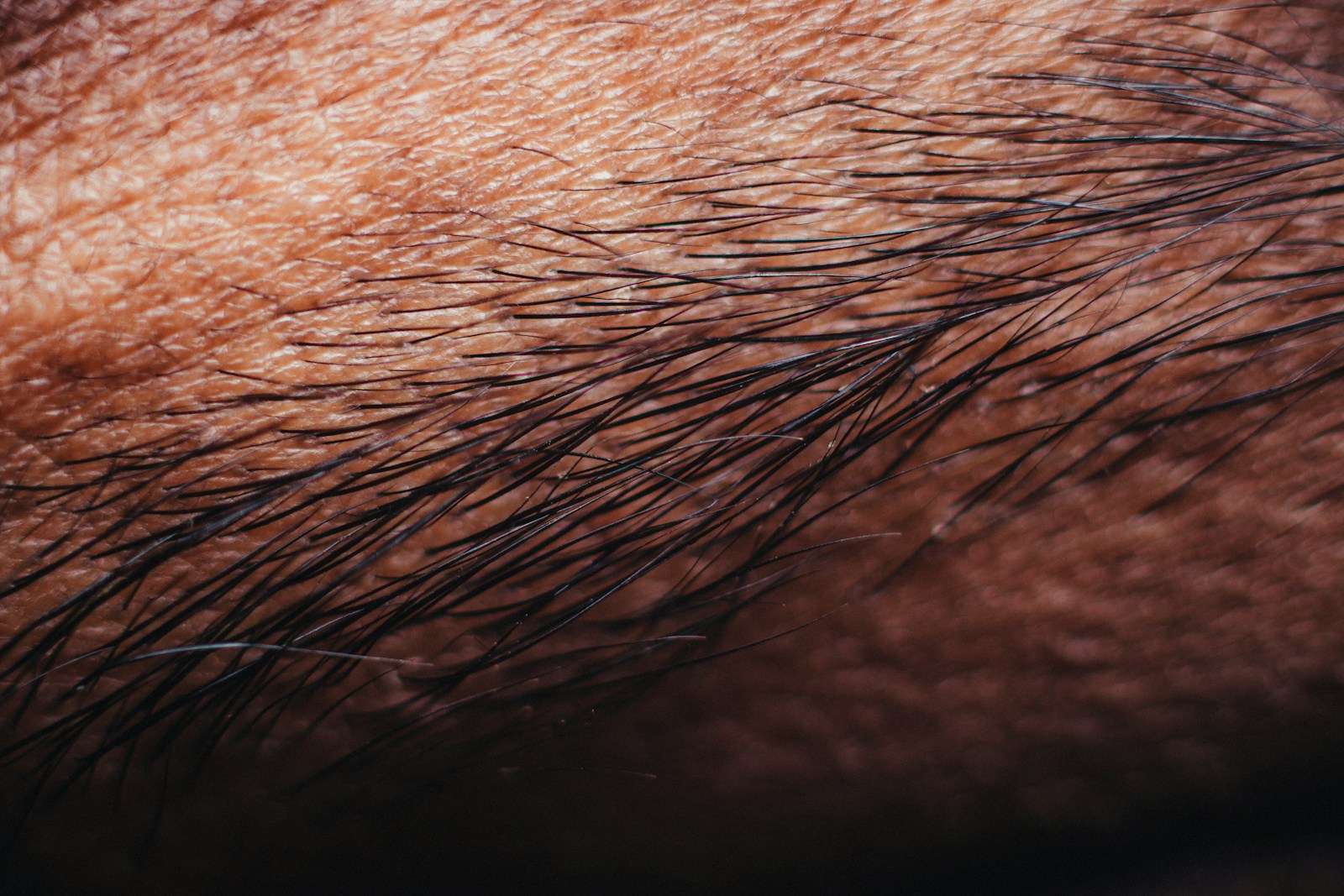Immediate Post-Operative Care
After undergoing a breast prosthesis surgery, it is important to follow certain care instructions to ensure a smooth recovery process. Here are a few key points to keep in mind:
İçindekiler
Wound care and dressing instructions
-
Cleanliness: Keep the surgical area clean and dry. Avoid using harsh soaps or ointments on the incision site unless instructed by your surgeon.
-
Dressing Changes: Follow the specific instructions given by your surgeon regarding when and how to change the dressings. It is crucial to ensure the incision site remains protected.
-
Monitor for Infections: Keep an eye out for any signs of infection, such as increased redness, swelling, or discharge from the incision site. Contact your surgeon immediately if you notice any concerning symptoms.
Pain management and medication guidelines
-
Pain Medication: Take prescribed pain medication as directed by your surgeon to manage discomfort. Follow the recommended dosage and frequency to ensure optimal pain relief.
-
Ice Packs: Applying ice packs to the surgical area can help reduce swelling and alleviate post-operative pain. Follow your surgeon's advice on how often and for how long you should use ice packs.
-
Activity Restrictions: Your surgeon will provide guidelines regarding physical activities post-surgery. It is important to follow these restrictions to promote healing and minimize complications.
Remember, it is crucial to consult with your surgeon for personalized post-operative care instructions, as every individual's recovery process may vary. By adhering to these guidelines, you can ensure a safe and effective healing journey following breast prosthesis surgery.
Physical Activity and Rest
After having breast prosthesis surgery, it's important to take care of yourself and allow your body to recover properly. Here are some post-operative care instructions to follow:
Activity restrictions and limitations
-
Avoid strenuous activities: For the first few weeks after surgery, it's essential to limit activities that may strain your chest muscles or put pressure on the surgical site. This includes heavy lifting, intense exercise, and vigorous movements.
-
Take it easy: Give yourself time to rest and allow your body to heal. Listen to your body's signals and don't push yourself too hard.
Recommended exercises and movements
-
Gentle stretching: Once you're given the green light by your doctor, you can start incorporating gentle stretching exercises. This helps with promoting flexibility and improving range of motion.
-
Light walking: Walking is a low-impact exercise that can help with blood circulation and overall well-being. Start with short walks and gradually increase duration as you feel comfortable.
Remember, every individual's recovery process may differ, so it's crucial to follow the specific instructions provided by your surgeon or healthcare professional. If you experience any unusual pain, discomfort, or complications, be sure to contact your doctor immediately.
By following these post-operative care instructions, you can help ensure a smoother recovery process and enhance the long-term success of your breast prosthesis surgery.
Showering and Bathing
After undergoing breast prosthesis surgery, it's important to follow proper post-operative care instructions to ensure a smooth recovery. Here are some guidelines to keep in mind when it comes to showering and bathing:
Guidelines for showering and bathing after surgery
-
Wait for approval: Before you can safely shower or bathe, it's essential to wait for your surgeon's approval. They will assess your healing progress and let you know when it's safe to proceed.
-
Avoid hot water: While the temptation may be there, it's important to avoid hot water during the initial stages of your recovery. Stick to lukewarm water instead.
-
Gentle cleaning: When washing the surgical site, be gentle and avoid rubbing or scrubbing the area. Pat dry with a soft towel afterwards.
-
Sterile dressings: If your surgeon has applied sterile dressings or bandages over your incision site, make sure to keep them dry during bathing. Follow their instructions on when and how to change them.
Precautions to take with the incision site
-
Avoid submerging: Until fully healed, it's important to avoid submerging the incision site in water, such as in baths, pools, or hot tubs.
-
Cover with waterproof dressing: If your surgeon approves bathing, consider using a waterproof dressing or plastic wrap over the incision site to provide an extra layer of protection.
-
Clean with care: When cleaning the incision site, use a mild soap recommended by your surgeon and gently pat dry afterwards.
By following these guidelines for showering and bathing after breast prosthesis surgery, you can help promote proper healing and minimize the risk of complications. Always consult your surgeon for personalized instructions and advice.
Clothing and Bras
After undergoing breast prosthesis surgery, it's important to take proper care of yourself during the recovery process. One aspect that requires attention is choosing appropriate clothing for comfort and support.
Choosing appropriate clothing for comfort and support
Prioritize Comfort: Opt for loose-fitting tops and dresses to avoid any tightness or discomfort around the surgical site. Soft fabrics like cotton can help minimize irritation.
Supportive Bras: Immediately after surgery, it's recommended to wear a surgical bra provided by your healthcare provider. As you progress in your recovery, you can transition to a post-operative bra. These bras have adjustable closures, wider bands, and provide gentle compression.
Types of bras recommended for post-operative care
Front-Closure Bras: These bras are designed with a front closure instead of a traditional back closure. They are convenient and easy to put on, especially when you have limited mobility after surgery.
Sports Bras: Sports bras can provide excellent support and minimize movement. Look for those with adjustable straps and good coverage for added comfort.
Remember, every individual's recovery process is unique. It's important to discuss your specific needs with your healthcare provider for personalized recommendations on post-operative care instructions. By choosing suitable clothing and bras, you can help ensure a more comfortable and supportive recovery experience.
Scar Care
After undergoing breast prosthesis surgery, taking care of your scars should be a top priority. By following proper scar care instructions and techniques, you can ensure the best possible healing and minimize any long-term scarring.
Scar care instructions and techniques
-
Cleanliness: Keep your scars clean to avoid infection. Gently wash the area with mild soap and water, pat dry, and apply antibiotic ointment if recommended by your doctor.
-
Keep the area protected: Avoid exposing your scars to direct sunlight or extreme temperatures, as this can worsen their appearance. Use sunscreen with at least SPF 30 and cover the scars with clothing or bandages when necessary.
-
Massage: Gentle massage can help improve circulation and break down scar tissue. Use a moisturizing lotion or scar cream recommended by your healthcare professional and apply it in circular motions several times a day.
Products and treatments for scar management
-
Silicone sheets or gels: These products help flatten and smooth scars over time. Apply them directly to the scarred area as instructed by your healthcare provider.
-
Steroids: Topical or injected steroids may be recommended to reduce inflammation and minimize the appearance of scars.
-
Laser therapy: In some cases, laser treatments can be effective in reducing scar redness and promoting collagen remodeling.
Remember, everyone's healing process is unique, so it's essential to follow the specific instructions provided by your healthcare professional. With proper post-operative care, you can help ensure that your breast prosthesis surgery results in minimal scarring for a confident and comfortable future.
Emotional Support and Self-Care
After undergoing breast prosthesis surgery, it's important to prioritize emotional support and self-care to ensure a smooth recovery.
Coping with emotional changes and body image
It's natural to experience a range of emotions after breast prosthesis surgery. You may feel anxious, self-conscious, or even grieving the loss of your natural breasts. It's crucial to give yourself time and space to process these emotions. Reach out to friends, family, or support groups who can provide empathy and understanding during this time. Remember that your worth and beauty are not defined by your appearance, but by the strength and resilience within you.
Self-care tips for a smooth recovery
Taking care of yourself physically is just as important as addressing your emotional well-being. Here are some self-care tips to help you during the recovery process:
-
Follow post-operative instructions: It's essential to carefully follow the instructions provided by your surgeon regarding wound care, medication, and physical activity restrictions.
-
Rest and relaxation: Give yourself permission to rest and allow your body time to heal. Avoid strenuous activities that could strain your chest muscles.
-
Diet and hydration: Maintain a healthy diet rich in nutrients to support healing. Drink plenty of water to stay hydrated.
-
Physical activity: Engage in light exercises recommended by your doctor or physical therapist to gradually regain strength and mobility.
-
Wear comfortable clothing: Choose loose-fitting clothes that won't put pressure on your surgical site.
Remember that everyone's recovery journey is unique. Be patient with yourself and listen to your body's needs. With time, both the emotional and physical aspects of recovery will improve, allowing you to embrace your new self with confidence and positivity.




